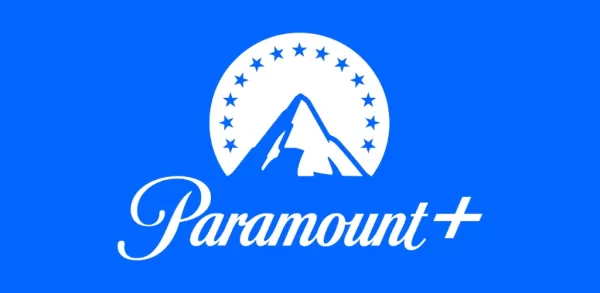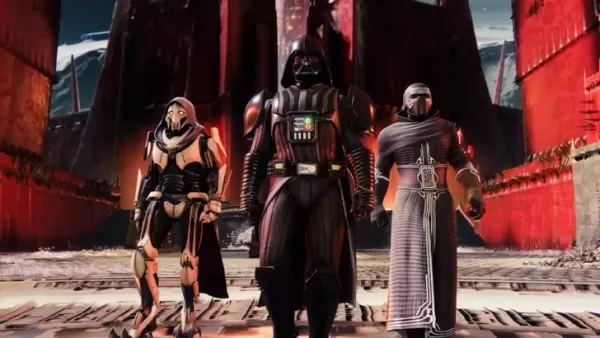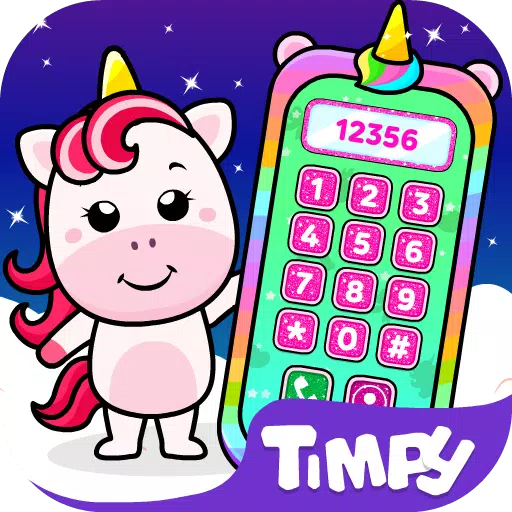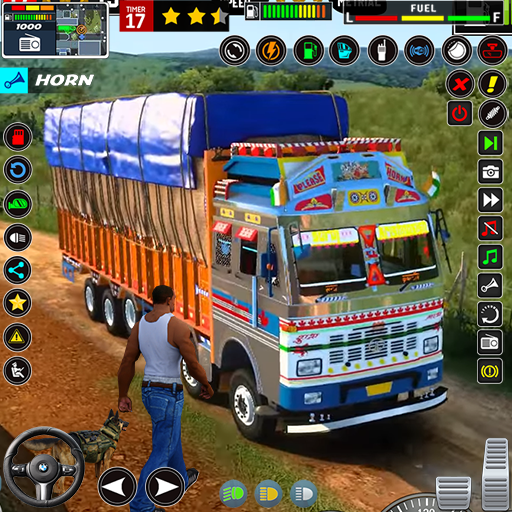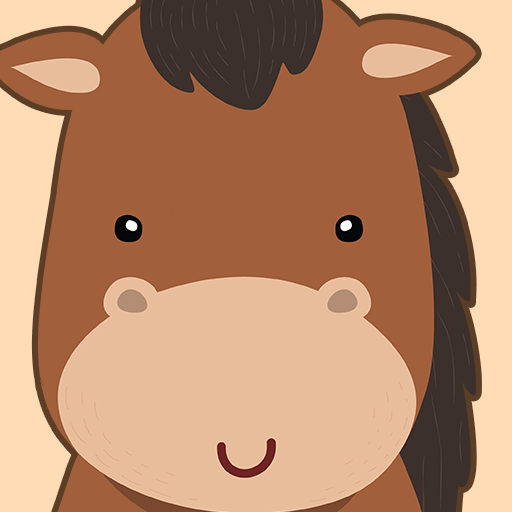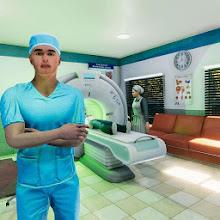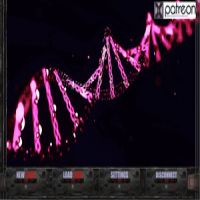Just as Cinderella's dream was set to expire at midnight, The Walt Disney Company found itself facing a similar deadline in 1947, burdened by a $4 million debt after the financial flops of Pinocchio, Fantasia, and Bambi, exacerbated by World War II and other challenges. However, it was this beloved princess and her iconic glass slippers that rescued Disney from an untimely end to its animation legacy.
As Cinderella celebrates its 75th anniversary of its wide release on March 4, we spoke with several Disney insiders who remain inspired by this timeless tale of rags to riches. The story mirrors Walt Disney's own journey and not only revitalized the company but also offered hope to a world in the midst of rebuilding and seeking inspiration.
The Right Film at the Right Time --------------------------------To understand the significance of Cinderella, we must revisit Disney's fairy godmother moment in 1937 with Snow White and the Seven Dwarfs. Its unprecedented success, holding the title of the highest-grossing film until Gone with the Wind surpassed it, enabled Disney to establish its Burbank studio, still its headquarters today, and set the stage for more animated feature films.
Disney's subsequent release, Pinocchio in 1940, boasted a $2.6 million budget—a million more than Snow White—but despite critical acclaim and two Academy Awards, it lost around $1 million. Fantasia and Bambi followed suit, further deepening Disney's financial woes. The root cause? The outbreak of World War II following Germany's invasion of Poland in September 1939, which led to the closure of Disney's European markets.
“Disney's European markets dried up during the war, and films like Pinocchio and Bambi didn't perform well,” Eric Goldberg, co-director of Pocahontas and lead animator on Aladdin’s Genie, explained. “Disney was then co-opted by the U.S. government to produce training and propaganda films. Throughout the 1940s, the studio focused on Package Films like Make Mine Music, Fun and Fancy Free, and Melody Time. These were excellent, but lacked a cohesive narrative.”
 Package Films were compilations of short cartoons forming a feature film. Disney produced six between Bambi in 1942 and Cinderella in 1950, including Saludos Amigos and The Three Caballeros, which supported the U.S.’ Good Neighbor Policy to counter Nazism in South America. These films helped manage costs and reduced the studio's debt from $4.2 million to $3 million by 1947, but they also delayed the production of true feature-length animated stories.
Package Films were compilations of short cartoons forming a feature film. Disney produced six between Bambi in 1942 and Cinderella in 1950, including Saludos Amigos and The Three Caballeros, which supported the U.S.’ Good Neighbor Policy to counter Nazism in South America. These films helped manage costs and reduced the studio's debt from $4.2 million to $3 million by 1947, but they also delayed the production of true feature-length animated stories.
“I wanted to return to feature films,” Walt Disney said in 1956, as quoted in The Animated Man: A Life of Walt Disney by Michael Barrier. “But it required significant investment and time. My brother Roy and I had a heated discussion… It was a major upset for me… I said we’re going to push forward, return to business, or liquidate and sell out.”
Facing the potential end of Disney's animation studio, Walt and Roy decided to stake everything on their first major animated feature since Bambi—Cinderella. This decision was pivotal; failure could have meant the end of Disney's animation dreams.
“I think the world needed the idea that we can rise from the ashes and find beauty,” Tori Cranner, Art Collections Manager at Walt Disney Animation Research Library, remarked. “While Pinocchio is a beautiful film, it lacks the joy of Cinderella. Walt recognized that America needed hope and joy post-war, and Cinderella was the perfect story for that moment.”
Cinderella and Disney’s Rags to Riches Tale
Walt's connection to Cinderella dates back to 1922, when he created a short at Laugh-O-Gram Studios, inspired by Charles Perrault’s 1697 version of the tale. This story of good versus evil, true love, and dreams coming true resonated deeply with Walt, reflecting his own journey from humble beginnings through numerous failures to unwavering success.
 “Snow White was a kind girl who believed in wishing for her Prince Charming,” Walt Disney noted in a special DVD feature on Cinderella. “Cinderella, however, was more practical. She believed in dreams but took action to make them happen. When Prince Charming didn’t appear, she went to the palace to find him.”
“Snow White was a kind girl who believed in wishing for her Prince Charming,” Walt Disney noted in a special DVD feature on Cinderella. “Cinderella, however, was more practical. She believed in dreams but took action to make them happen. When Prince Charming didn’t appear, she went to the palace to find him.”
Cinderella's resilience and determination in the face of adversity mirrored Walt's own life. Despite early failures with Laugh-O-Gram, Walt's dream persisted, culminating in the decision to adapt Cinderella into a feature film in 1938. The project's complexity and the war delayed its release, but this time allowed for its evolution into a beloved classic.
Disney's ability to transform traditional fairytales into universally appealing stories was crucial to Cinderella's success. “Disney took these age-old tales and infused them with his unique vision, heart, and passion, making them resonate even more deeply with audiences,” Goldberg said. “The original tales were often grim cautionary stories, but Disney made them palatable and timeless for all.”
Cinderella's animal friends, including Jaq, Gus, and the birds, provided comic relief and a means for her to express her true self. The Fairy Godmother, reimagined as a bumbling yet endearing character, connected with audiences on a personal level. The iconic transformation scene, where Cinderella's belief in herself manifests into a life-changing night, showcases Disney's animation prowess, particularly in the dress transformation, which Walt considered his favorite.
Thanks so much for all your questions about Cinderella! Before we sign off, enjoy this pencil test footage of original animation drawings of the transformation scene, animated by Marc Davis and George Rowley. Thanks for joining us! #AskDisneyAnimation pic.twitter.com/2LquCBHX6F
— Disney Animation (@DisneyAnimation) February 15, 2020
“Every sparkle in that scene was hand-drawn and painted,” Cranner enthused. “There's a magical moment where the magic holds for just a second before transforming Cinderella's dress. That pause adds to the scene's enchantment.”
The addition of the broken glass slipper at the film's end further highlighted Cinderella's agency and strength. “Cinderella isn't just a passive character; she has a strong personality and takes control of her destiny,” Goldberg observed. “When the slipper breaks, she presents the other one she kept, showcasing her resilience and ingenuity.”
Cinderella premiered in Boston on February 15, 1950, and was widely released on March 4, grossing $7 million against a $2.2 million budget. It became the sixth-highest grossing film of 1950 and received three Academy Award nominations. “Cinderella's success was a turning point for Disney,” Goldberg stated. “It brought the studio back to narrative features, paving the way for films like Peter Pan, Lady and the Tramp, and many more.”
75 Years Later, Cinderella’s Magic Lives On
Cinderella's legacy continues to thrive within Disney and beyond. Her influence is evident in iconic structures like Cinderella Castle at Walt Disney World and Tokyo Disneyland, and in modern films like Frozen, where Elsa's dress transformation pays homage to Cinderella's magic.
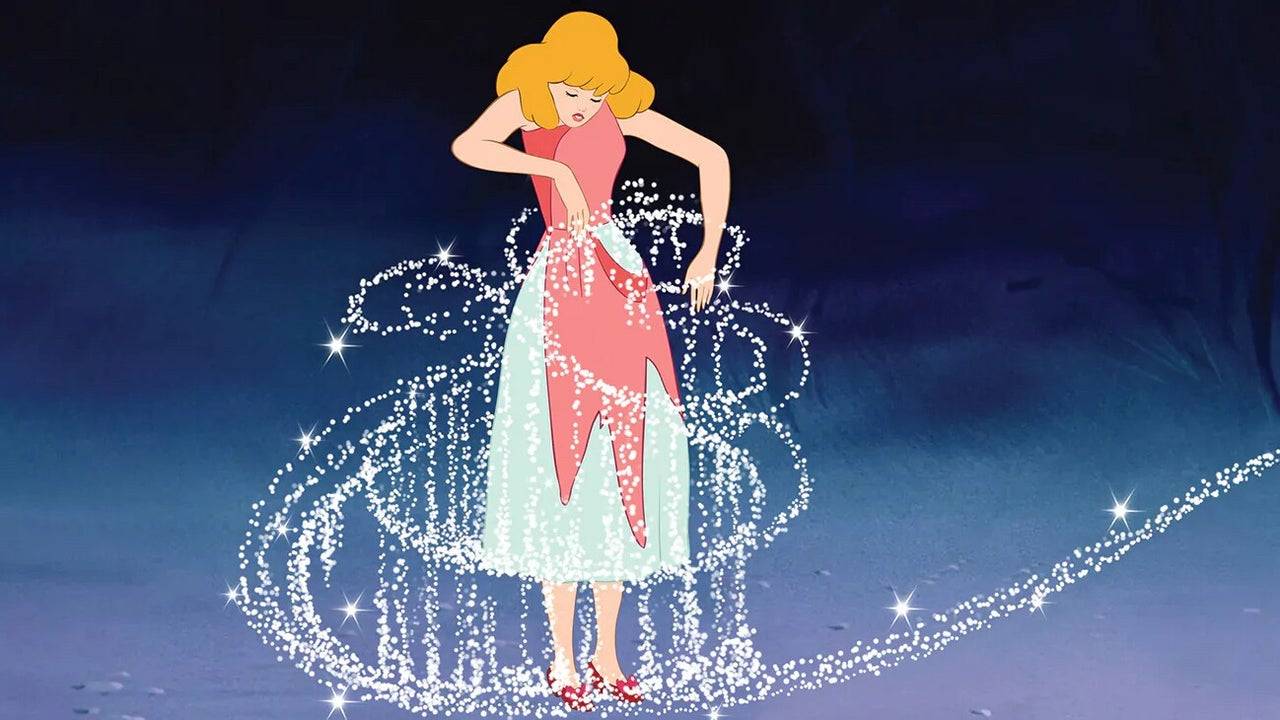 “When animating Elsa’s transformation, we wanted to echo Cinderella’s magic,” Frozen 2 and Wish lead animator Becky Bresee explained. “The sparkles and effects around Elsa’s dress are a direct nod to Cinderella, honoring the impact of the films that came before.”
“When animating Elsa’s transformation, we wanted to echo Cinderella’s magic,” Frozen 2 and Wish lead animator Becky Bresee explained. “The sparkles and effects around Elsa’s dress are a direct nod to Cinderella, honoring the impact of the films that came before.”
The contributions of the Nine Old Men and Mary Blair to Cinderella's distinctive style and character development cannot be overstated. Yet, it is the theme of hope that resonates most deeply with audiences. “Cinderella embodies hope,” Goldberg concluded. “It shows that with perseverance and strength, dreams can come true, no matter the era.”


